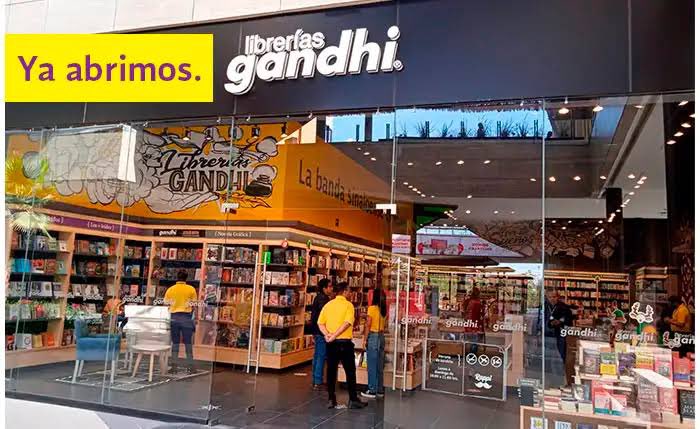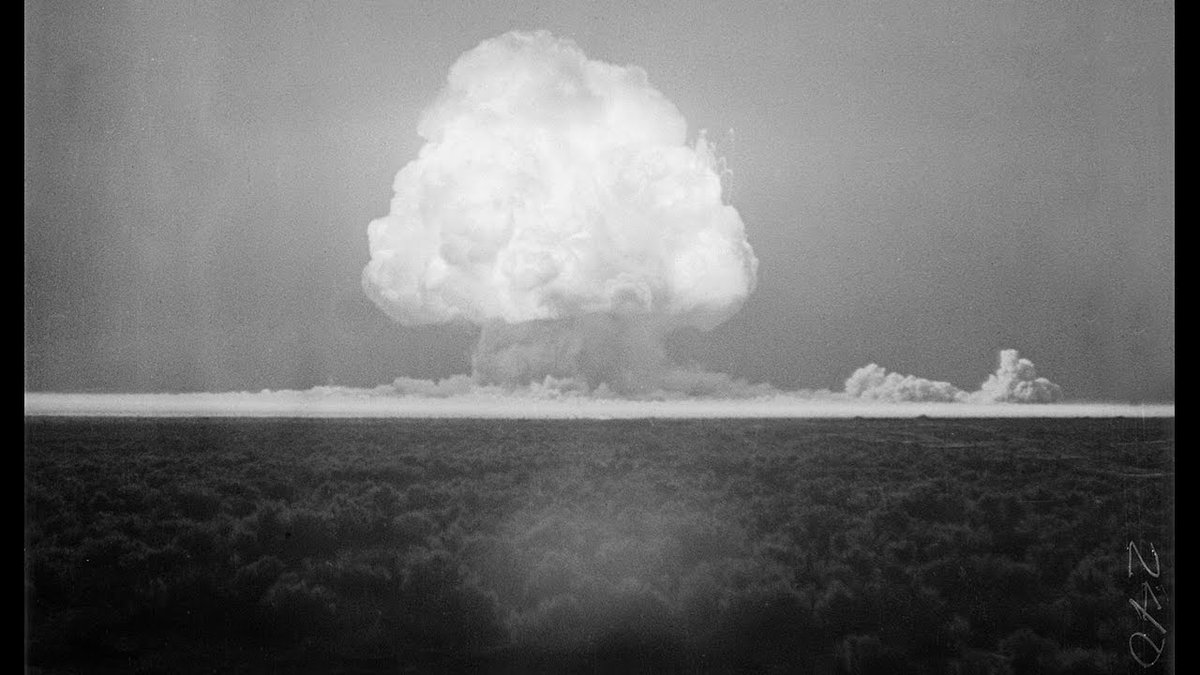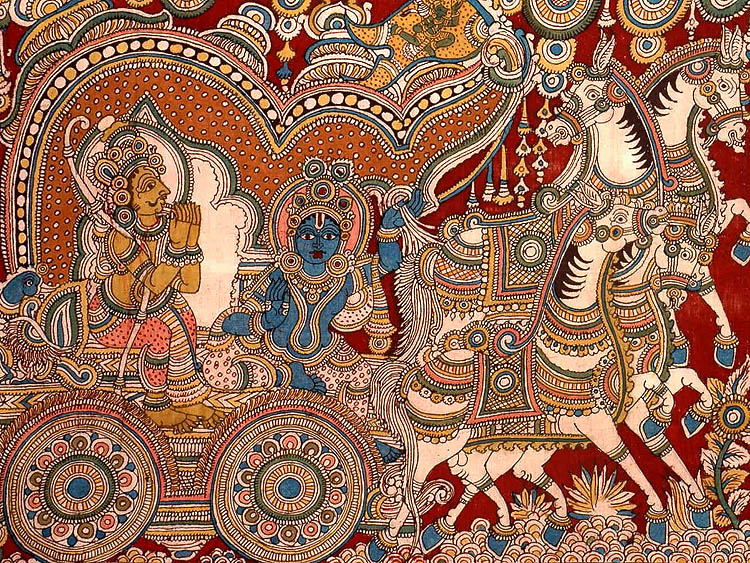🚨 My new paper for @LowyInstitute on India-Australia security relations. 🚨 lowyinstitute.org/publications/a… 

This paper has been some years in the making, and benefited considerably from 4 visits to Australia between 2016 & 2019 (thanks to @PerthUSAsia @NSC_ANU @LowyInstitute) as well as informative interactions with both Australian and Indian defence officials. A few highlights below:
Strategic relations between India & Australia were modest between 1944 and 2000, due to:
1. Cold War (and 🇦🇺 🇵🇰 ties)
2. India's nuclear programme
3. Weak social links
4. Weak economic and trade relations
1. Cold War (and 🇦🇺 🇵🇰 ties)
2. India's nuclear programme
3. Weak social links
4. Weak economic and trade relations

Beyond overcoming these four obstacles in the 1990s and 2000s, the new drivers of cooperation included:
1. China's rise and assertiveness
2. Concern about inadequate regional institutions
3. Concerns about U.S. capabilities and presence
1. China's rise and assertiveness
2. Concern about inadequate regional institutions
3. Concerns about U.S. capabilities and presence
The first phase of this new relationship (2000-2006) saw:
2000: Defence talks, PM Howard visit
2001: Foreign ministry + strategic dialogue
2003: Australian observers at Milan
2003-06: Port calls
2004-06: Service chiefs visits
2004: Tsunami cooperation
2000: Defence talks, PM Howard visit
2001: Foreign ministry + strategic dialogue
2003: Australian observers at Milan
2003-06: Port calls
2004-06: Service chiefs visits
2004: Tsunami cooperation
The second phase (2006-2014) saw:
2006: MoU on Defence Cooperation
2007: Agreement on classified information
2007: Quad dialogue
2007: Malabar 07-02
2009: Strategic partnership
2011: CECA talks start
2012: Civil nuclear talks
2013: AK Antony visit
2014: Australia at Milan
2006: MoU on Defence Cooperation
2007: Agreement on classified information
2007: Quad dialogue
2007: Malabar 07-02
2009: Strategic partnership
2011: CECA talks start
2012: Civil nuclear talks
2013: AK Antony visit
2014: Australia at Milan
The third phase (2014-onwards) had:
2014: Security cooperation agreement
2015: 🇦🇺🇮🇳🇯🇵, coast guard talks, AUSINDEX, civil nuclear deal
2016: DRDO talks, White Shipping Agreement
2017: Quad, AUSINDEX, 2+2, 🇦🇺🇮🇳🇮🇩
2019: Ministerial Quad
2020: Ministerial 2+2, MLSA, cyber, 🇦🇺🇫🇷🇮🇳
2014: Security cooperation agreement
2015: 🇦🇺🇮🇳🇯🇵, coast guard talks, AUSINDEX, civil nuclear deal
2016: DRDO talks, White Shipping Agreement
2017: Quad, AUSINDEX, 2+2, 🇦🇺🇮🇳🇮🇩
2019: Ministerial Quad
2020: Ministerial 2+2, MLSA, cyber, 🇦🇺🇫🇷🇮🇳
Today, 🇮🇳🇦🇺 defence ties feature:
1. Strategic dialogues, coordination, and intelligence exchanges, including 3rd countries.
2. Military exercises involving all 3 services.
3. Mil-mil exchanges and training.
4. Defence technological cooperation.
All are still in early stages.
1. Strategic dialogues, coordination, and intelligence exchanges, including 3rd countries.
2. Military exercises involving all 3 services.
3. Mil-mil exchanges and training.
4. Defence technological cooperation.
All are still in early stages.
Challenges remain, including:
1. Aligning capabilities
2. Different priorities
3. Contrasting strategic circumstances
None of these are necessarily insurmountable, although they remain drags on the relationship.
1. Aligning capabilities
2. Different priorities
3. Contrasting strategic circumstances
None of these are necessarily insurmountable, although they remain drags on the relationship.
Priorities ahead could include:
1. Institutionalising and prioritising consultations.
2. Improving interoperability.
3. Defence trade and tech (e.g. protected mobility vehicles, undersea sensors, radar, simulators, aircraft/sub components, etc.)
4. Broadening relations
1. Institutionalising and prioritising consultations.
2. Improving interoperability.
3. Defence trade and tech (e.g. protected mobility vehicles, undersea sensors, radar, simulators, aircraft/sub components, etc.)
4. Broadening relations
Thanks to many people who provided inputs, encouragement, and assistance: @AlexKOliver @SamRoggeveen @mfullilove @arzandc @nidvarma @Rory_Medcalf @lgflake & Geoffrey Flugge. It draws on important work by @DavidBrewster6 @Rory_Medcalf, @amitabhmattoo, Priya Chacko, Meg Gurry, etc.
P.S. It tells you much about the spurt of activity in this period that I overlooked some significant exercises (AustraHind, Pitch Black, Kakadu, Black Carillon) and the Supply Chain Resilience Initiative.
https://twitter.com/d_jaishankar/status/1306262123316760577
• • •
Missing some Tweet in this thread? You can try to
force a refresh























